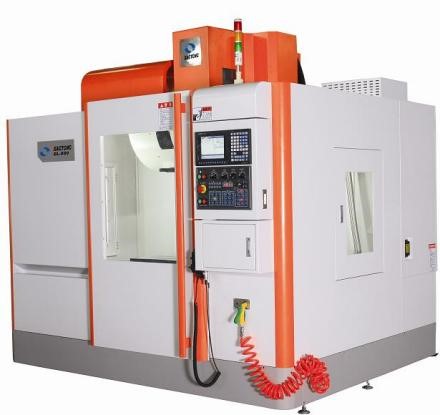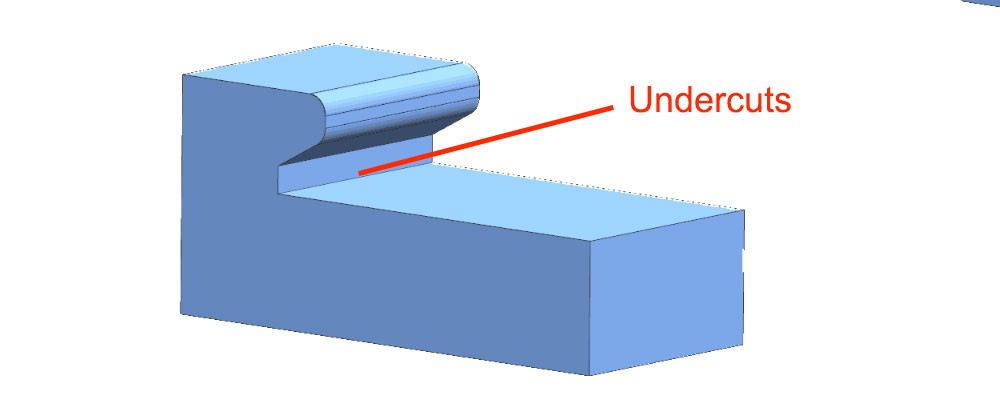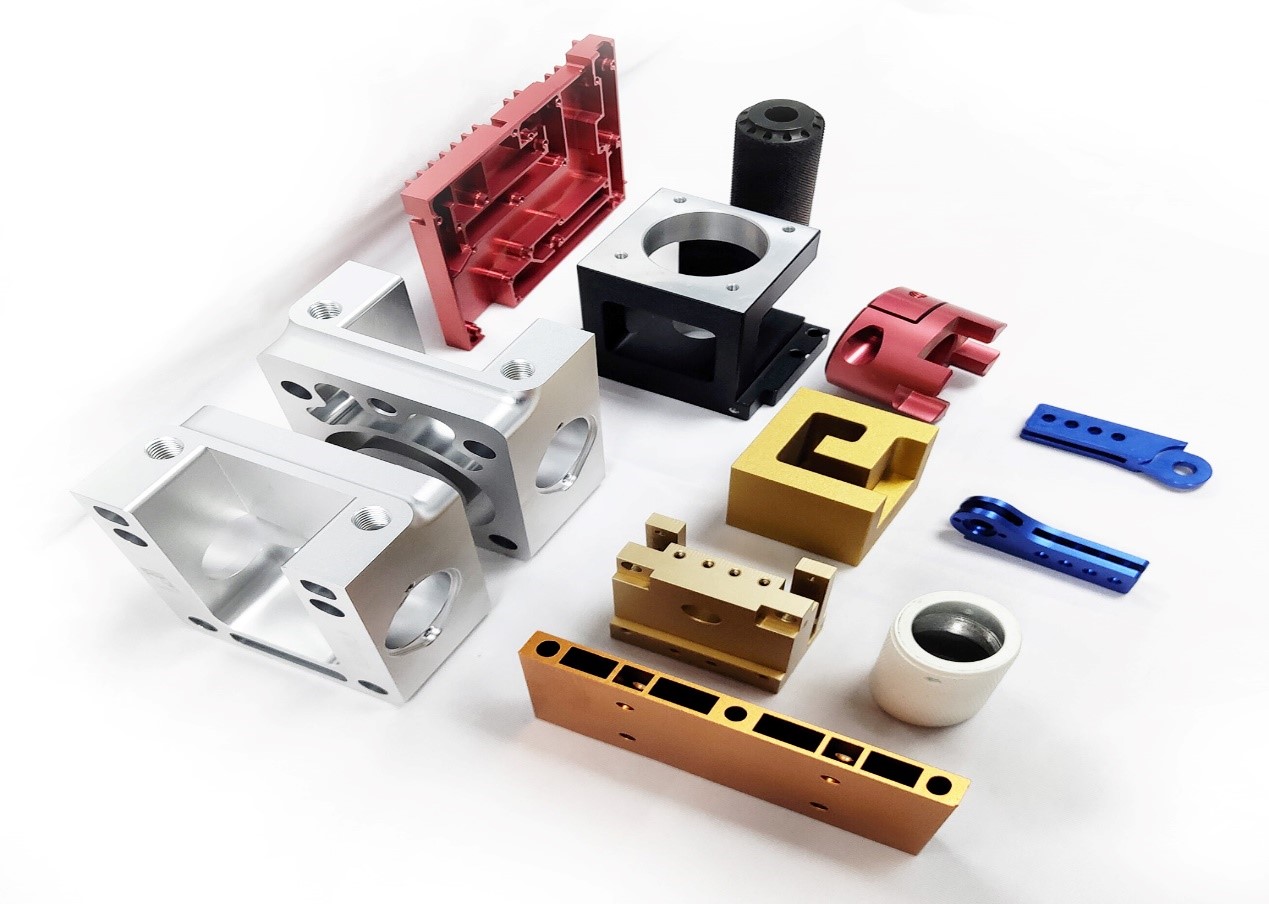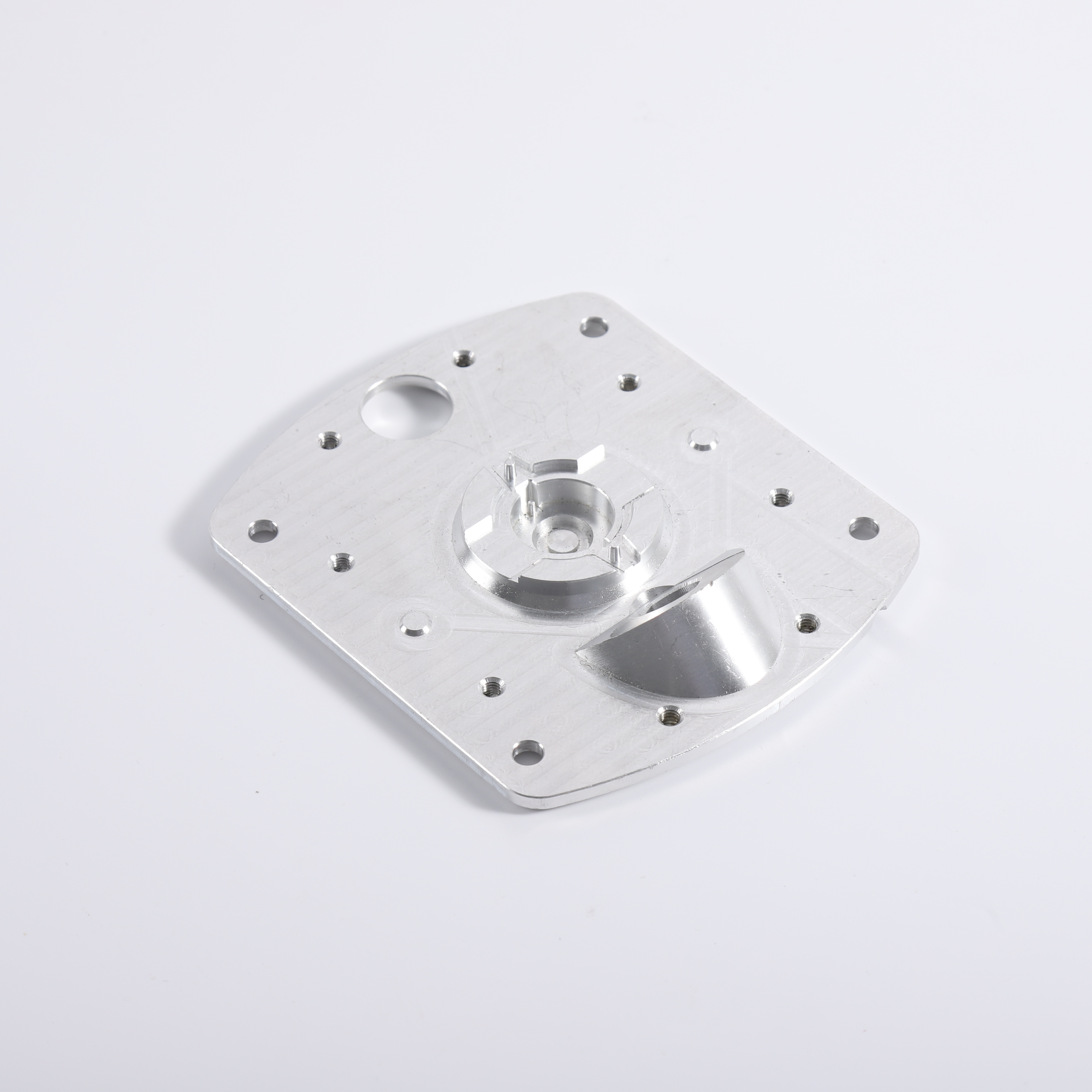On February 9th, a certain media broke out and the auto industry merger and reorganization target was formally announced. That is, the number of automobile enterprise groups with a production and sales scale of more than 90% of the market share will be reduced from the current 14 to less than 10. In this specification, FAW, SAIC, Dongfeng, Chang'an, BAIC, GAC, Fuqi, CNHTC and other provincial leading auto enterprise groups are also included. In addition, second-tier state-owned auto enterprise groups such as Hafei, Changhe, and Jianghuai are also included in these regulations. Within the scope of adjustment, private automobile enterprise groups are not within the scope of adjustment.
When you see this news, I believe most people will want to ask a few questions: 1. Should it not be? 2. Who will become the integrator in this tide? 3, how to integrate?
First we discuss the first question. Should it be? Of course, the answer is yes. Because the market scale of our country is close to the annual production scale of tens of millions, China's auto industry should also enter the stage of restructuring, which matches the world's largest market. This is from the "face". From the perspective of Lizi, world experience has proven that 1 million vehicles with the following production scale will die, and the automobile industry is precisely the industry that attaches most importance to economies of scale. As early as before the “Restructuring of the South,†the country proposed that at the end of the “Eleventh Five-Year Planâ€, form 2-3 large-scale automobile enterprise groups with production and sales scale of more than 2 million vehicles, and train 4-5 production and sales scales to exceed 100. 10,000 car enterprise groups. In other words, at that time, the ideal state of China’s auto industry should be that large auto companies maintain “2+4†or “3+5â€, and 10 companies are just a compromise. What's more, the current situation in China's auto industry is that 7% of producers provide more than 80% of sales.
The second question is who is the integrator? Looking at the rankings, the top ten in 2008 are: SAIC, FAW, Dongfeng, Chang'an, BAIC, GAC, Chery, Brilliance, Hafei, and Geely. In addition to Geely is a purely private car company, these nine companies should all be listed in the scope of this detailed regulation. In addition to the top ten, there are also four companies with integrated value: Fuqi and Changfeng, which are cooperating with Mitsubishi, Changhe, which has Suzuki shares, and JAC, which is very successful in commercial vehicles. And in the top ten, in addition to the top six basic security. Others, in the long run, are unable to escape the fate of integrating others or being integrated. The fate of Geely, Great Wall, BYD, and other self-owned companies that have grown bigger than their own independent brands has been handed over to the market. Because although the United States has the “big threeâ€, there are still dozens of independent automobile manufacturers, many of whom live well.
The third question is how to integrate? At present, among the “six majorsâ€, except for the typhoons, hail and hafei, the “four big†have the experience of integrating other people. FAW has integrated Tianqi. SAIC first integrated Wuling, then integrated the Nanjing Auto, Chang’an integration. Jiangling, Beiqi integrated Futian. So far, it is not easy to say whether these games are considered successful. The only "Tianyi restructuring" was considered successful, of course, because Toyota is the biggest beneficiary, but the integration of Tianqi?
How to promote the merger and reorganization of the automotive industry in the country, of course, the biggest problem stems from the attribution of ownership and conflicts of interests. For example, the difference between the state-affiliated institutions, provincial-level institutions, and subordinate institutions. Apart from system issues, regardless of the origins of these car companies, once they have established roots, they have intricate relations with the local government and local GDP. Once they are involved in joint ventures, they have also cut costs with foreign car companies. The relationship is also chaotic. These questions are clear. Then what is the will of the two sides. Is there such a need? The problem is so complicated. Therefore, the difficulties are affirmative.
In general, computer numerical control milling machine (CNC) machining is a deductive manufacturing technique that programs 3-axis linkage, complex to 5-axis linkage, drives milling cutters to remove layers from solid blocks called blanks to produce finished parts. CNC milling is one of the main types of CNC Machining, which uses cutting tools that rotate at a speed of several thousand to tens of thousands of revolutions per minute (RPM) to precisely remove materials to obtain parts with complex surfaces. In addition to milling, CNC machining is also equipped with drills, boring tools, thread cutters and other tools to complete different part features at once. CNC machining produces parts based on a computer-aided design (CAD) model that is sent to a CNC machine through computer-aided manufacturing (CAM) software.
CNC Machining centers developed from CNC milling machines. The biggest difference compare to CNC milling machines is that the machining center has the ability to automatically exchange machining tools, by installing tools for different purposes on the tool magazine, the machining tools on the spindle can be changed through the automatic tool changing device in a single clamping device to achieve a variety of machining functions.
|
CNC Milling Finish |
|
|
Process |
Roughness Ra(um) |
|
Cylindrical milling cutter milling (rough) |
12.5~3.2 |
|
Cylindrical milling cutter (fine) |
3.2~0.8 |
|
Cylindrical milling cutter (precision) |
0.8~0.4 |
|
Cylindrical milling cutter (rough) |
12.5~3.2 |
|
Cylindrical milling cutter milling (fine) |
3.2~0.8 |
|
Cylindrical milling cutter milling (precision) |
0.8~0.4 |
|
Cutter milling (fine) |
12.5~3.2 |
|
End milling cutter (rough) |
3.2~0.4 |
|
End milling cutter (precision) |
0.8~0.2 |
|
High speed milling (rough) |
1.6~0.8 |
|
High speed milling (fine) |
0.4~0.2 |
CNC milling accuracy
CNC milling centers and high-Precision Machining centers. Ordinary machining center, resolution of 1μm, maximum feed speed of 15 ~ 25m / min, positioning accuracy of about 0μm. High-precision machining center, resolution of 0.1μm, maximum feed speed of 15 ~ 100m / min, positioning accuracy of about 2μm. Between 2 and 10 μm, with a ± 5 μm more, can be called precision grade. FCE equipped with different grade and different size CNC milling center. Take in to account into both economic and quality in parallel.
CNC Finishing surface treatment
Post-processing is the final step in the CNC machining process. In a quick guide, we offer a lot of surface treatments to complete your final parts and get them to meet strict specific requirements. It should be noted that in CNC machining, post-processing is in optional, as the quality of the machined parts is already very high.
Anodized
The anodizing process allows the part to obtain excellent corrosion resistance, increasing the hardness and wear resistance of the surface. Anodizing is also the most common pre-painting treatment, which can help the painted surface to obtain good adhesion. We typically apply two types of anodizing in our production: Type II, corrosion resistant; Type III is thicker, adding a layer of wear resistance. Both anodizing processes can achieve a variety of color effects.
Polishing
Grinding polish, it offers the fastest turnaround parts and does not require post-processing. The surface finish of the grinding part is equivalent to 125 um in Ra, and the requirements can be increased to 63, 32 or 16 um Ra. Minor tool marks may still be visible on the last part.
Powder coatings
Powder Coating is thermoplastic powder spraying directly on the processed part. The sprayed parts are then baked in an oven to form a durable, abrasion- and corrosion-resistant plastic coating. In the powder coating process, its color, brightness, surface roughness can be customized.
Shot blasting
Shot peening is the high-speed spraying of beads of different hardnesses and sizes onto the surface of the part. To get different textures and brightness of the surface. Since the surface has been hit by similar forging beads, the hardness and wear resistance of the surface have also been enhanced.
Design of CNC machining
CNC machining is a universal machining process, especially parts that can be cut and machined can be achieved through CNC, from simple shape shapes to complex curved structures. However, as with every manufacturing technique, CNC machining has some design limitations. We break them down as follows to ensure that your products are optimally designed to better fit the CNC machining process.
General Tolerance
When designing parts, the size of each part is different according to the application environment, working conditions, etc., and the requirements for the machining accuracy of the workpiece are also different. Although CNC machining can achieve very high machining accuracy, we should also be aware that demanding machining accuracy and accuracy (strict product tolerances) usually mean Longer production times and higher costs. If a specific tolerance is not specified in the product design, we recommend choosing at the following levels.
|
Permissible deviations in mm for ranges in nominal lengths |
Tolerance Class Designation(Description) |
|||
|
fine |
medium |
coarse |
very coarse |
|
|
0.5 up to 3 |
±0.05 |
±0.1 |
±0.2 |
-- |
|
over 3 up to 6 |
±0.05 |
±0.1 |
±0.3 |
±0.5 |
|
over 6 up to 30 |
±0.1 |
±0.2 |
±0.5 |
±1.0 |
|
over30up to 120 |
±0.15 |
±0.3 |
±0.8 |
±1.5 |
|
over120upto400 |
±0.2 |
±0.5 |
±1.2 |
±2.5 |
|
over 400up to 1000 |
±0.3 |
±0.8 |
±2.0 |
±4.0 |
|
over 1000up to 2000 |
±0.5 |
±1.2 |
±3.0 |
±6.0 |
|
over 2000 up to 4000 |
-- |
±2.0 |
±4.0 |
±8.0 |
The highest precision of our equipment is 0.001, and the recommended most precise machining requirements do not exceed +/-0.005mm
Interior angle
All internal vertical edges of our products need to have rounded corners instead of right angles. This is because the tools used in CNC milling are cylindrical, which means they cannot produce inner right-angled edges. The fillet required by this process is called the inner corner fillet. When designing parts, the larger the inner corner fillet, the more efficient the production process. Because of the larger fillets, larger diameter milling cutters can be used to increase milling speed, and fewer swaps can be made to improve accuracy.
Undercut
Undercut cannot be machined with standard milling cutters, so the use of retract slots for parts should be avoided when designing CNC machined parts. In particular, for non-standard inner contour shapes, customized machining tools are required, which will greatly increase processing time and costs. Secondly, if undercut can not be avoided, due to the limited length of cnc tools, the undercut can not be too deep. If they are too deep or the location is difficult to reach, they will not be able to be produced because the CNC tool cannot reach the machining location.
Chamber wall thickness
CNC machining requires your part design to meet minimum wall thickness requirements. In general, it is recommended to choose the thickest possible and avoid very thin or characteristic walls. This is because CNC tools processing thin-walled parts will cause vibration deformation, which may cause interruptions or damage, and the size is out of specification. The standard minimum wall thickness for CNC machined metals is 0.030" (0.76 mm) and for plastics is 0.060" (1.5 mm).
Thread
When designing parts, it is useful to choose the largest possible thread size because smaller taps have a higher risk of breaking during production. If possible, avoid using deep hole threads as they lead to higher production costs, especially when custom tools are required.
Metal
In principle, materials with high hardness are easier to process because better processing accuracy can be obtained, but they are limited by the hardness of processing tools, so the hardness of the generally recommended parts is 8 ~ 60HRC, and for metal materials, the hardness is greater than stainless steel Followed by cast iron, followed by copper, and finally aluminum, while the processing of ceramics, plastics, etc. belongs to the processing of non-metallic materials. Fast production time.
Polymer
Although CNC can process thermoplastics, the material properties of polymers still have many difficulties for CNC processing. First, due to poor thermal conductivity, many thermoplastics melt or bend when in contact with CNC milling machines or drill bits. Secondly, the processing of plastics, because the hardness is low, the size accuracy caused by the knife during product clamping and processing is not high. For those parts that do not have special requirements for the strength and hardness of the metal, thermoplastics can provide a cheaper alternative.
Cost optimization of machined products
Simplify product design
Simplifying product design while taking into account functionality usually saves production time and reduces production costs. Because the manufacture of complex structures and surfaces often requires complex longer passes, more layering to obtain the same fine contour quality. This means higher production costs.
Reduce cutter changes
Using the same milling machine machining features, larger and same internal fillets, can reduce the number of tools used to reduce machining time. For example, if a workpiece needs a 10mm end face milling cutter to process some features, it also needs a spherical milling cutter to process a curved surface, and a 2mm milling cutter to process a fine groove, which will require repeated tool changes and reduce the machining efficiency
Proper material selection
The choice of raw material for machining can have a significant impact on production time and costs for CNC machining. If possible, choose a material with good processability, such as brass or aluminum. For those applications that do not require metal hardness and strength, CNC machining of engineering plastics like PMMA and ABS also helps to reduce costs because the material blank is cheaper, and the processing efficiency is higher.
Tolerance and wall thickness
Higher tolerances and thinner wall thicknesses also increase THE CORRESPONDING CNC machining costs, as it takes time to achieve higher precision cutting. If your product or component can accept a larger size range, choose a lower tolerance to reduce production time and costs. The same is true for wall thickness: a larger wall thickness margin should be chosen.
Choice of surface treatment
Surface treatment is often the final stage of the CNC machining process, which can also affect the cost of your entire project. Choosing less surface treatment for your part or product can lead to better time and cost efficiency. FCE can recommend to you how to optimize the surface treatment to balance the conflict between cost and quality according to your final needs.
FCE Machining services
FCE facilities are equipped with the most advanced and highest precision 3, 4 and 5-axis CNC machines, which allows us to complete your order in record time
1. 15+ year work experience engineers
2. Fastest 5 days delivery
3. Prototypes can be machined as quickly as 1 day.
4. More than 200 metals and plastics material available in stock
5. Tolerances as low as +-0.005mm
6. ISO 9001: 2015 certified factory
7. 40+ CNC machines
8. 50,000+ machined parts per month
We cooperated with many world top 500 companies and awarded good responds always.




Cnc Milling,Cnc Milling Services,Custom Cnc Milling,Cnc Lathe And Milling Machining
Suzhou FCE precision electronics Co., LTD , https://www.sjfukeyifcesz.com
